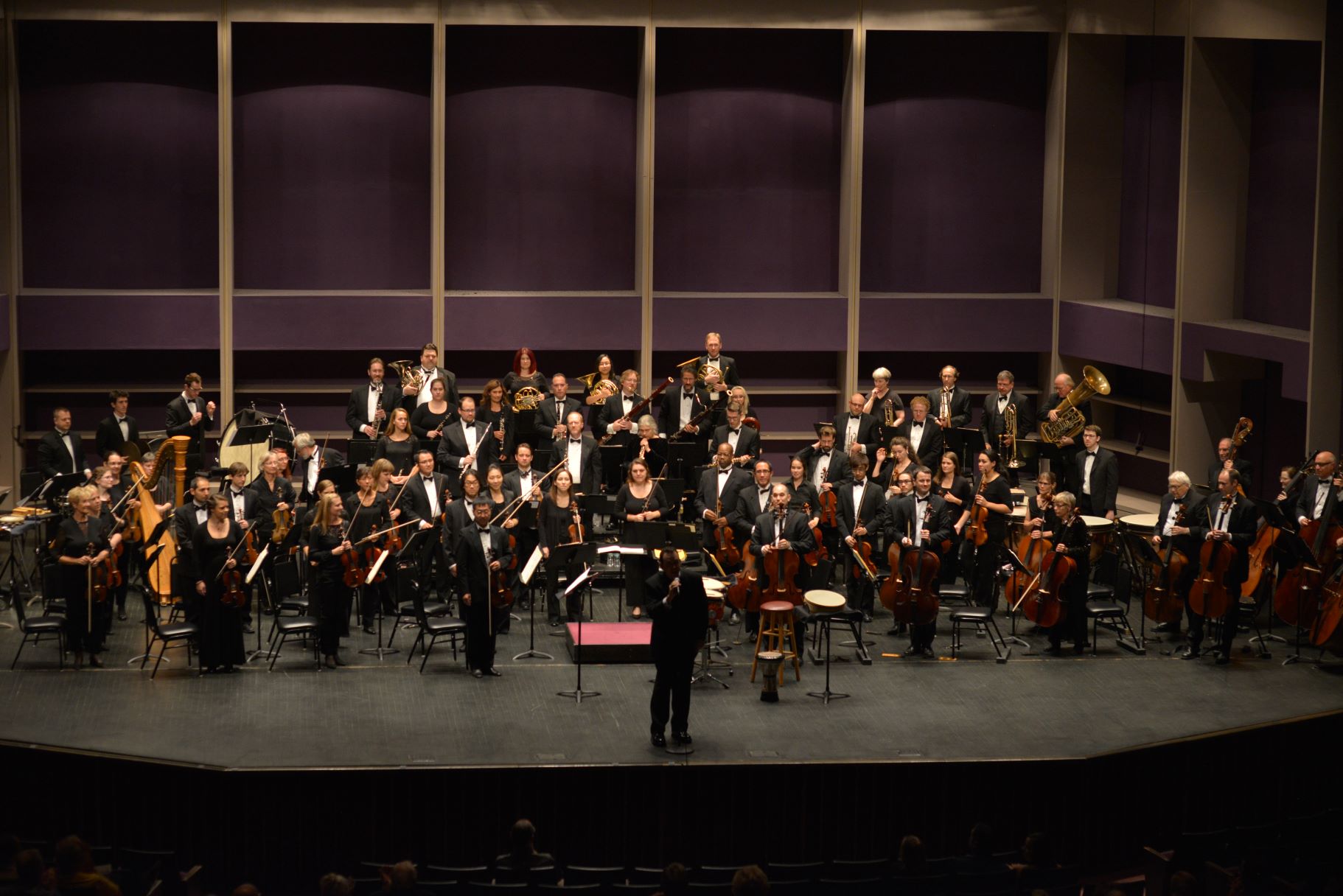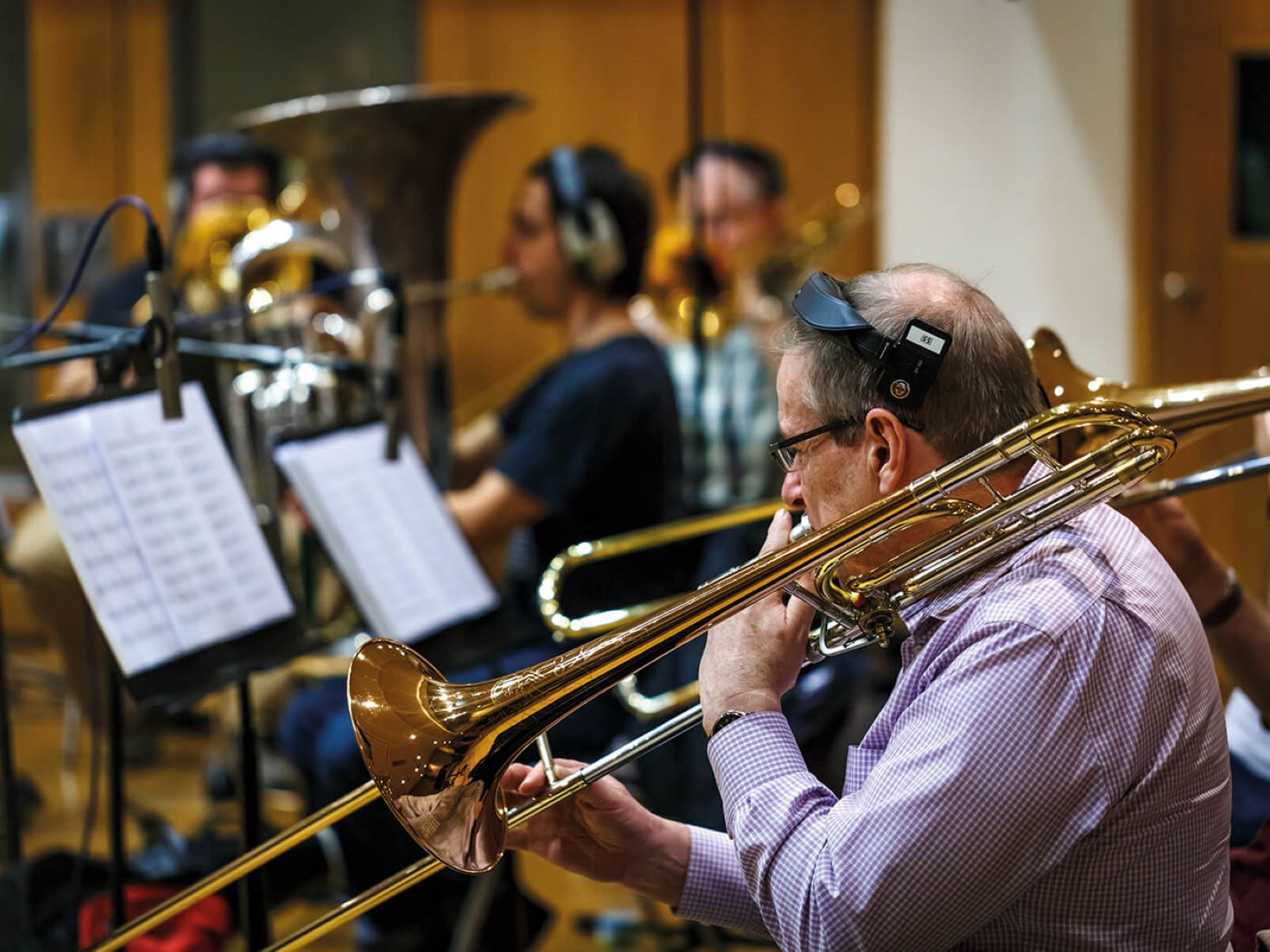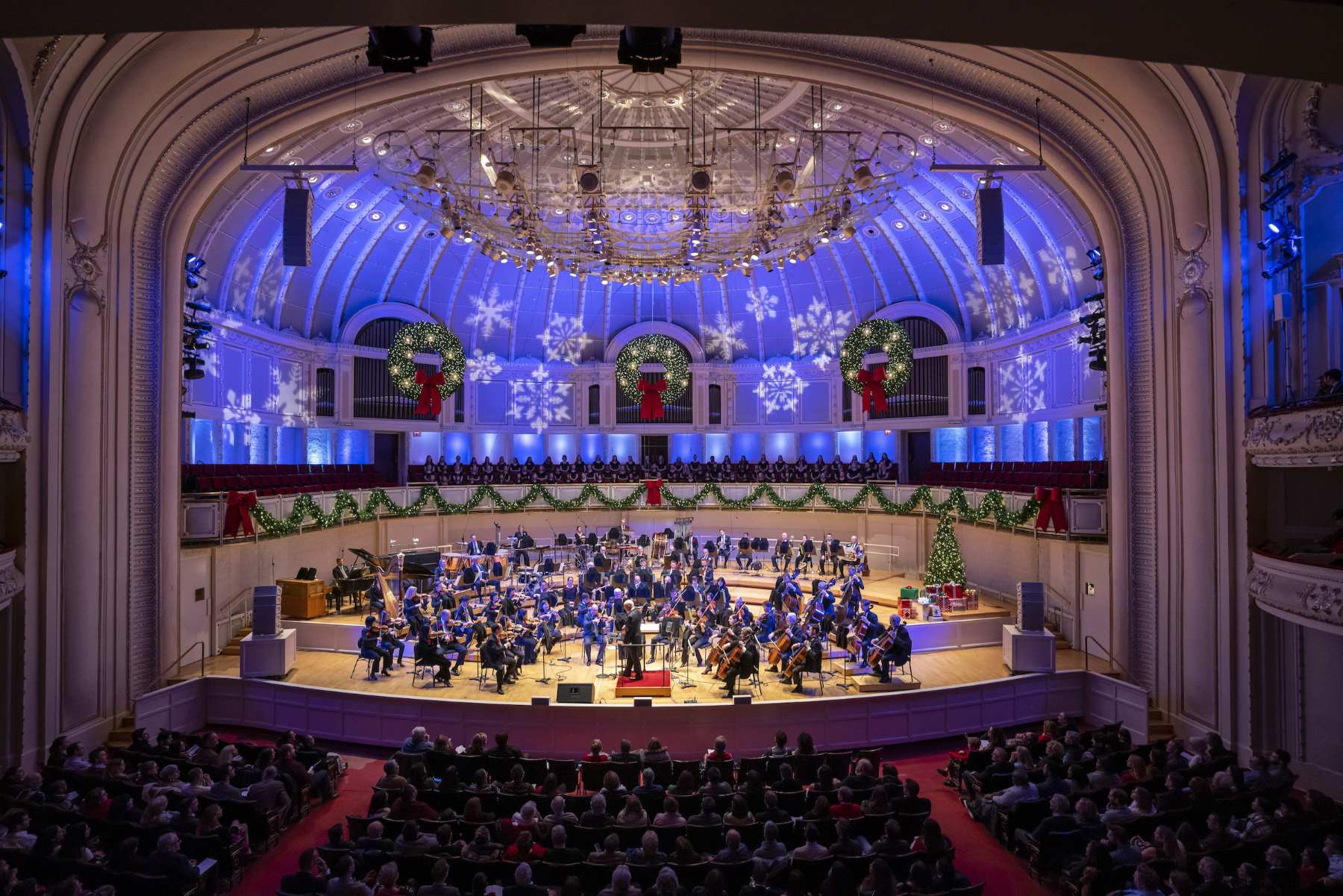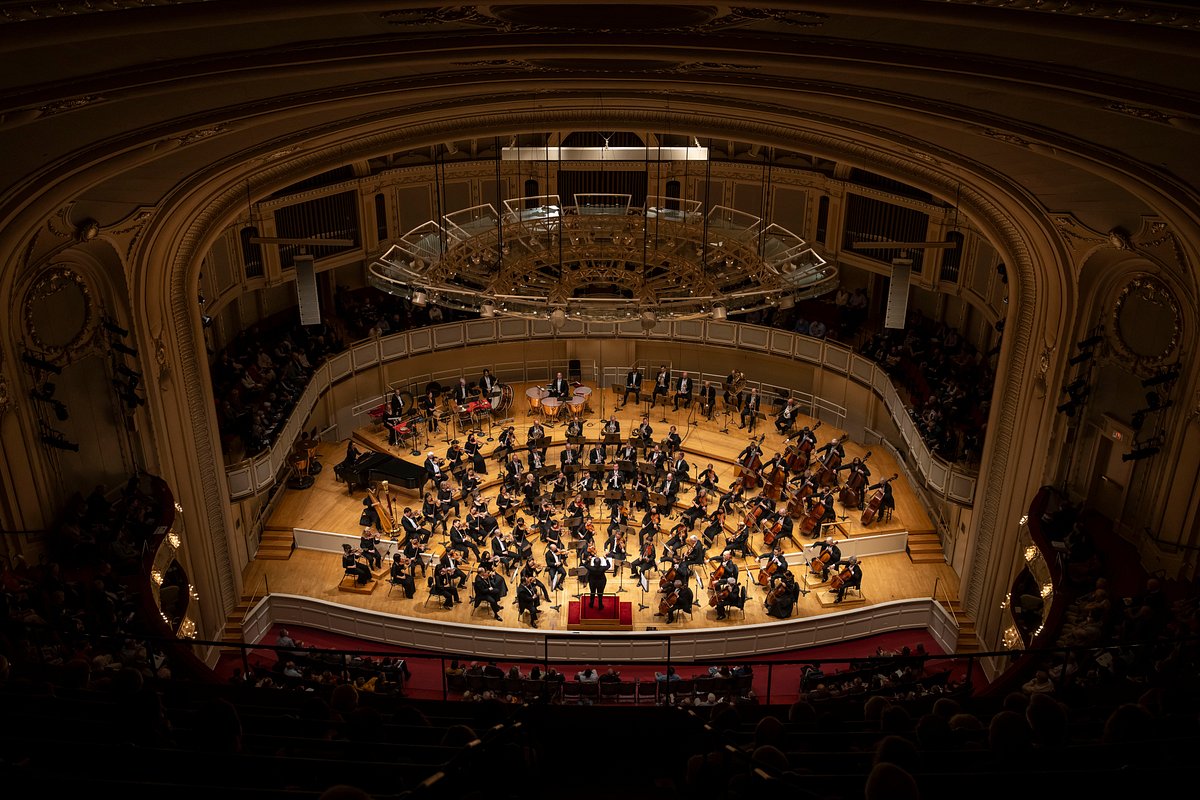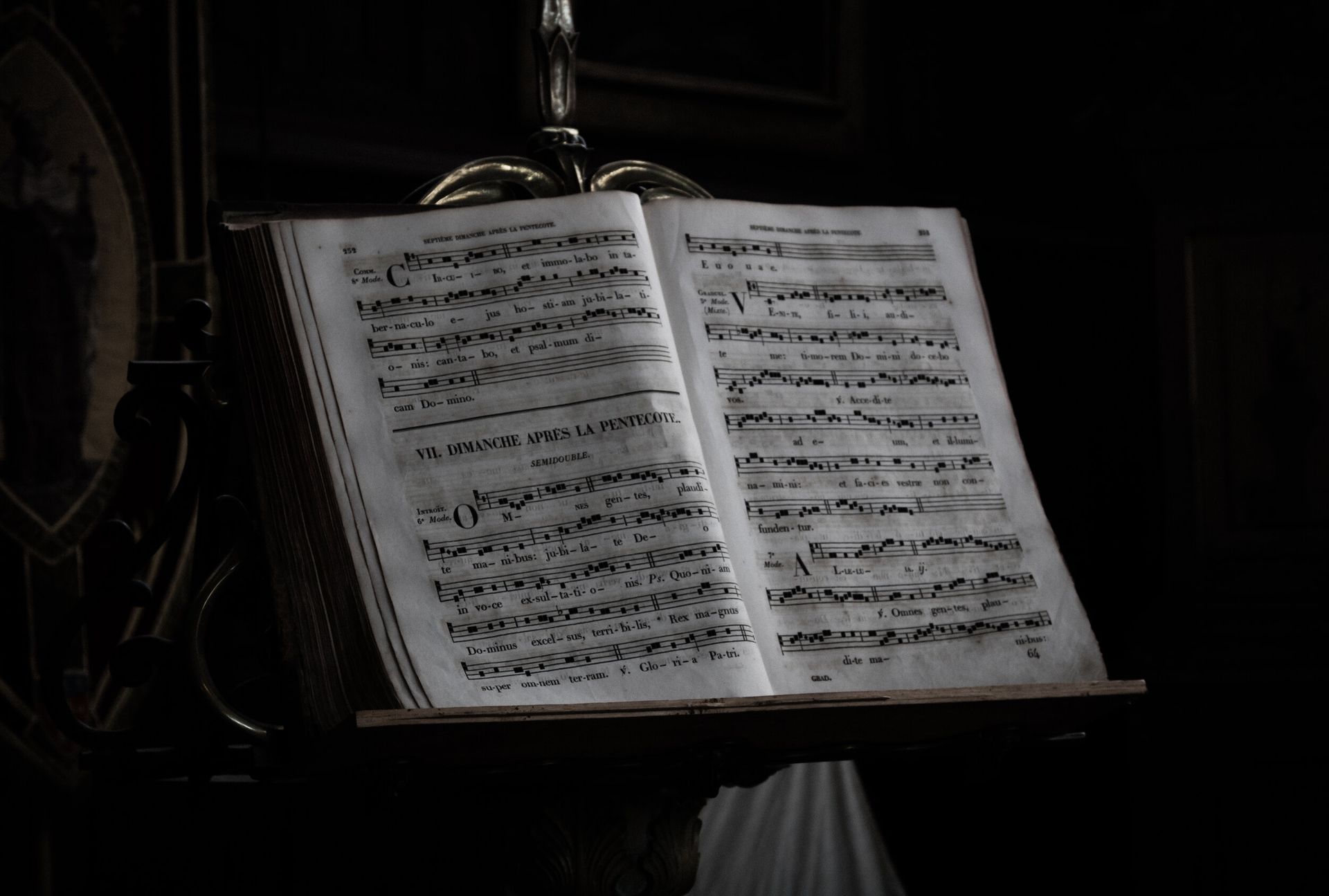Home>Genres>Symphony>How Long Would It Take To Write A Symphony
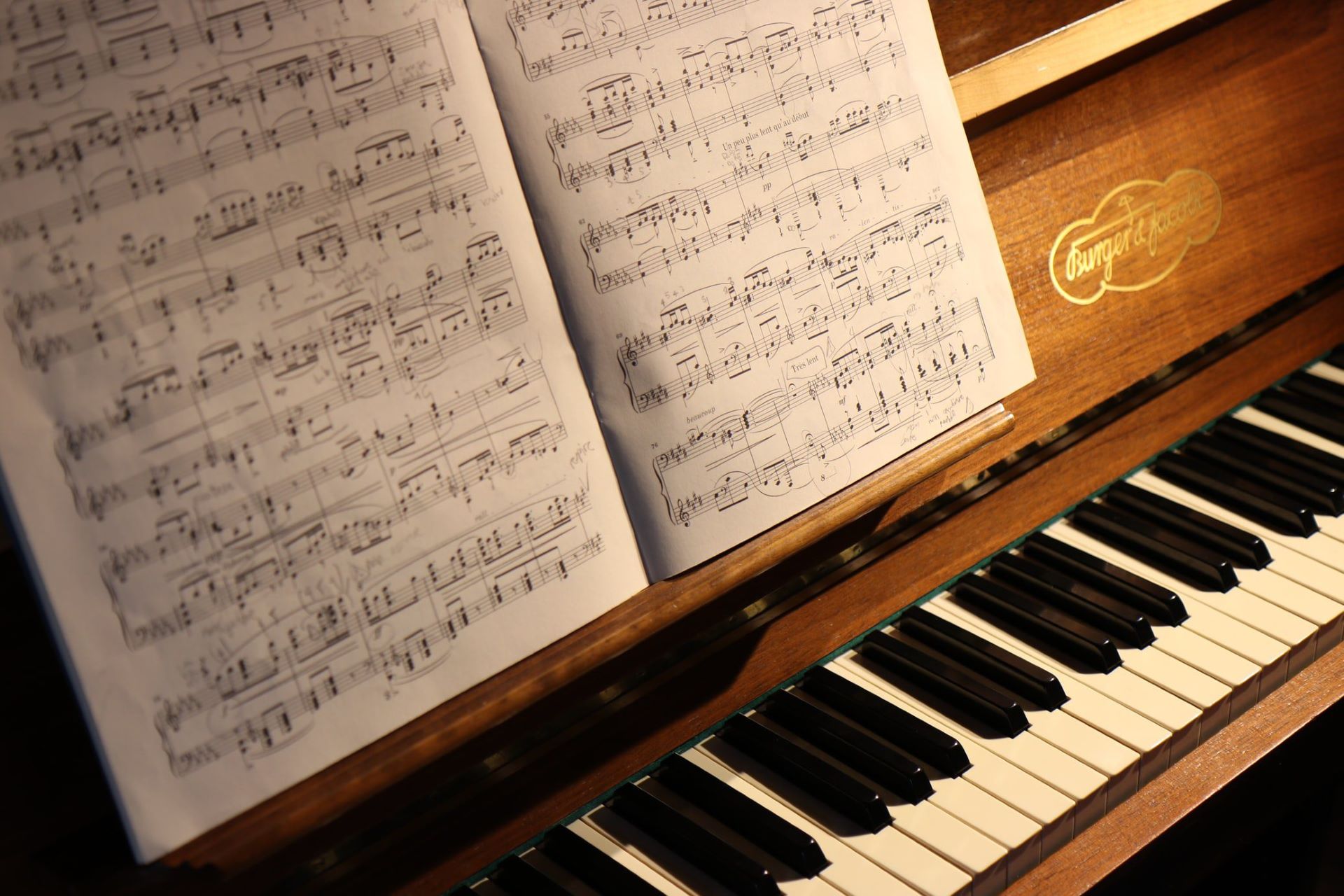

Symphony
How Long Would It Take To Write A Symphony
Modified: February 24, 2024
Find out how long it takes to write a symphony and uncover the process behind creating a masterpiece. Discover the artistry and dedication involved in composing a symphony.
(Many of the links in this article redirect to a specific reviewed product. Your purchase of these products through affiliate links helps to generate commission for AudioLover.com, at no extra cost. Learn more)
Table of Contents
- Introduction
- Understanding the Scope of a Symphony
- Historical Context of Symphony Composition
- Factors Affecting the Time Required
- The Composing Process: From Inspiration to Completion
- Case Studies: Famous Symphony Composers and Their Timeframes
- Challenges Faced by Symphony Composers
- Collaborations in Symphony Composition
- Strategies to Expedite the Symphony Writing Process
- Conclusion
Introduction
When we think of classical music, one of the first things that comes to mind is the symphony. A symphony is a grand musical composition, typically consisting of multiple movements and performed by a full orchestra. It is the pinnacle of musical achievement, requiring a deep understanding of composition and orchestration.
But have you ever wondered how long it takes to write a symphony? The process of composing a symphony can be a lengthy and intricate one, involving careful planning, creative inspiration, and meticulous attention to detail.
In this article, we will explore the various factors that can affect the time required to write a symphony, as well as delve into the historical context of symphony composition. We will also examine the composing process from start to finish, and uncover the challenges faced by symphony composers.
By gaining insight into the world of symphony composition, we can develop a greater appreciation for the time and effort that goes into creating these breathtaking musical masterpieces.
Understanding the Scope of a Symphony
A symphony is a complex and expansive musical composition that typically consists of multiple movements. It is a composition designed to be performed by a full orchestra, showcasing the capabilities of various instruments and sections.
The scope of a symphony is vast, both in terms of musical ideas and the time it takes to develop and explore them. A symphony often follows a standardized structure, with movements that can range from three to five or more. Each movement presents a distinct musical theme and contributes to the overall structure and narrative of the symphony.
One of the central aspects of a symphony is its orchestration. Composers carefully select and arrange instruments to create a rich and balanced sound palette. They must consider the unique qualities of each instrument, the interplay between different sections of the orchestra, and the desired emotional impact of the music.
Furthermore, a symphony can incorporate various compositional techniques, such as thematic development, counterpoint, harmony, and rhythm. These elements add depth and complexity to the musical work, requiring meticulous attention to detail in the composition process.
Given the expansive nature of a symphony, it is not uncommon for composers to devote a significant amount of time to its creation. They must carefully craft and refine each movement, ensuring coherence and unity throughout the entire piece.
Understanding the scope of a symphony helps us appreciate the immense effort and artistic vision required to create such a monumental work of music. It sets the stage for exploring the time and dedication involved in the composition process.
Historical Context of Symphony Composition
The history of symphony composition dates back to the 18th century, during the classical period of music. It was within this era that the symphony emerged as one of the most prominent and revered forms of musical expression.
The symphony originated in Europe, particularly in Vienna, Austria, which was a hub of artistic and cultural activity at the time. Composers like Joseph Haydn, Wolfgang Amadeus Mozart, and Ludwig van Beethoven were instrumental in shaping the symphonic genre and establishing its standard structure.
During the classical period, the symphony became a popular form of musical entertainment, enjoyed by aristocrats and the general public alike. It was performed in lavish concert halls and palaces, showcasing the technical prowess of the orchestra and the compositional skill of the maestro.
As the symphony evolved, composers began to experiment with new forms and musical ideas. The transition from the classical period to the Romantic era brought about changes in the structure and emotional depth of symphonic compositions.
Composers like Franz Schubert, Johannes Brahms, and Antonín Dvořák expanded on the symphonic tradition, infusing their works with expressive melodies, dramatic tension, and lush orchestration. Symphony orchestras grew in size and complexity, accommodating an even wider range of instruments and creating dynamic and sonorous soundscapes.
In the 20th century, composers like Igor Stravinsky, Gustav Mahler, and Dmitri Shostakovich pushed the boundaries of symphony composition even further. They introduced avant-garde elements, unconventional harmonies, and intricate rhythmic patterns, challenging traditional notions of symphonic form.
Today, symphony orchestras continue to perform and interpret the works of both classical and modern composers. The historical context of symphony composition provides us with a rich tapestry of musical traditions and innovations that have shaped the genre into what it is today.
Understanding the evolution of the symphony helps us appreciate the depth and range of this musical form, as well as the historical significance it holds in the world of classical music.
Factors Affecting the Time Required
The time required to write a symphony can vary widely depending on several factors. While each composer follows their unique process, some common elements influence the overall duration of the composition. Here are some key factors that can affect the time needed to write a symphony:
1. Artistic Vision and Complexity: The scope and complexity of a composer’s artistic vision play a significant role in determining how long it takes to write a symphony. If a composer intends to create a large-scale, multi-movement symphony with intricate musical ideas and innovative techniques, it naturally requires more time for composition.
2. Inspiration and Creativity: The level of inspiration and creative flow experienced by the composer can greatly impact the time required for symphony writing. Some composers may find themselves effortlessly translating their ideas onto paper, resulting in a faster composition process, while others may go through periods of creative block or require more time for inspiration to strike.
3. Research and Preparation: Before embarking on the writing process, composers often engage in research and preparation. This can involve studying other symphonies, exploring different musical styles, or familiarizing themselves with relevant historical or cultural contexts. The time spent in these preparatory stages can influence the overall duration of the composition process.
4. Technical Proficiency: The technical proficiency of the composer in terms of music theory, orchestration, and instrumentation can impact the time required to write a symphony. Composers who have a solid foundation in these areas may be able to compose more efficiently, while those who are still developing their skills may require additional time for experimentation and refinement.
5. External Factors: Various external factors can affect the time required to write a symphony. These may include the composer’s workload, personal commitments, and deadlines set by commissions or performances. The availability of resources, such as access to a full orchestra or quality recording equipment, can also influence the composition timeline.
It is important to note that while these factors can provide a general framework for understanding the time required for symphony composition, each composer’s process and timeline may vary. Some may take months or even years to complete a symphony, while others may compose more swiftly. Ultimately, the time required to write a symphony is deeply personal and contingent upon a multitude of factors that are unique to each composer and their artistic journey.
The Composing Process: From Inspiration to Completion
The process of composing a symphony is a highly individual and personal journey for each composer. While there is no one-size-fits-all approach, there are common stages and steps involved in bringing a symphony from initial inspiration to completion:
1. Inspiration: The spark of inspiration is often the starting point for a symphony. It can come from a variety of sources such as nature, literature, personal experiences, or emotional states. This inspiration provides the creative fuel that drives the composer to begin shaping their symphonic ideas.
2. Sketching and Development: Once inspired, the composer begins to sketch and develop musical ideas. This includes creating melodies, harmonies, rhythms, and motifs that will serve as the foundation of the symphony. Composers may use pen and paper, piano, or music composition software to explore and refine their ideas.
3. Structural Planning: After the initial sketches, the composer embarks on structuring the symphony. This involves determining the number of movements, their order, and overall form. The composer may decide on a traditional sonata form or experiment with alternative structures to suit their artistic vision.
4. Orchestrating and Instrumentation: Orchestrating the symphony is a crucial step where the composer assigns specific musical parts to various instruments and sections of the orchestra. This process requires an understanding of each instrument’s capabilities and the desired sonic effects. Experimentation and revision are common during this phase.
5. Refinement and Revision: Composers often go through multiple rounds of refinement and revision to enhance the symphony’s musical ideas, transitions, dynamics, and overall coherence. This iterative process may involve seeking feedback from trusted colleagues or performers to gain insights and perspectives on the composition.
6. Rehearsals and Performances: Once the composition is complete, the symphony enters the realm of rehearsals and performances. The composer works closely with conductors, musicians, and performers to refine interpretations, dynamics, phrasing, and ensure the intended emotions and nuances are conveyed to the audience.
7. Revisions and Updates: Even after performances, composers may revisit their symphonies, making revisions or updates based on their experiences and feedback received. This ongoing refinement helps to refine the composition and capture the composer’s evolving artistic vision.
The composing process is an intricate and iterative journey that requires a delicate balance of technical skill, artistic intuition, and perseverance. Each symphony is a unique expression of the composer’s creativity, showcasing their ability to translate inspiration into a comprehensive and captivating musical work.
Case Studies: Famous Symphony Composers and Their Timeframes
Examining the timeframes of famous symphony composers provides insight into the varying durations of the composition process. Here are a few notable case studies:
1. Ludwig van Beethoven: Beethoven’s symphonies are renowned for their powerful emotions and innovative musical ideas. While the time taken to complete each symphony varied, Beethoven’s Symphony No. 5, one of his most recognizable works, took approximately four years from conception to completion. The intricate development of his thematic material and the meticulous attention to detail contributed to the extended timeline.
2. Wolfgang Amadeus Mozart: Mozart, known for his prodigious talent and prolific output, composed many symphonies in his relatively short life. His Symphony No. 41, famously known as the “Jupiter Symphony,” is regarded as one of his most remarkable achievements. It is estimated that Mozart composed the entire symphony in a span of just a few weeks, showcasing his remarkable ability to effortlessly generate complex and expressive musical ideas.
3. Gustav Mahler: Mahler’s symphonies are sprawling and emotionally rich. Symphony No. 2, often referred to as the “Resurrection Symphony,” required a considerable amount of time and revisions. Mahler composed the initial version in less than a year, but subsequent revisions and adjustments took several more years before he considered it complete. The symphony’s grand scale, innovative use of orchestration, and philosophical depth contributed to the extended composition period.
4. Dmitri Shostakovich: Shostakovich’s symphonies are known for their intensity, emotional depth, and political undertones. His Symphony No. 7, also known as the “Leningrad Symphony,” is a monumental work that depicts the suffering and resilience during the siege of Leningrad in World War II. Shostakovich reportedly composed the symphony in just a few months, driven by the urgency of the historical context and the need to capture the spirit of the time.
These case studies demonstrate that the time taken to write a symphony can vary significantly, depending on the composer’s artistic vision, complexity of the music, personal circumstances, and external influences. Each composer’s unique approach and creative process contribute to the diverse timelines observed in symphony composition.
It is worth noting that these case studies are only a glimpse into the vast landscape of symphony composers throughout history. Countless other composers have left their mark on the world of symphonic music, each with their own individual journeys and timelines.
Challenges Faced by Symphony Composers
Composing a symphony is a complex and demanding endeavor that presents unique challenges to composers. Here are some of the challenges commonly faced by symphony composers:
1. Artistic Vision: Building a cohesive and compelling artistic vision for a symphony can be a significant challenge. Composers strive to create a unique and meaningful musical narrative that engages the audience. Balancing their personal expression with audience expectations and historical conventions can require careful thought and experimentation.
2. Structure and Form: Crafting the structure and form of a symphony is a task that requires careful consideration. Deciding on the number of movements, their order, and how they relate to each other can be a daunting process. Composers must balance coherence and variety while maintaining interest throughout the entire work.
3. Orchestration and Instrumentation: Orchestration presents a unique challenge in symphony composition. Composers need to understand the timbral qualities of various instruments and sections in order to create a balanced and effective orchestration. Careful thought must be given to the interplay between instruments and the sonic impact of different combinations.
4. Musical Complexity: Symphony composers often strive to create intricate and complex musical ideas within their compositions. Developing themes, motifs, and harmonic progressions that are both intriguing and coherent can be a time-consuming and challenging process.
5. Emotional Expression: Symphonies have the power to convey a range of emotions, from joy and elation to sorrow and despair. Capturing and expressing these emotions through music poses a challenge to composers. They must find the right balance of melodic, harmonic, and dynamic choices to evoke the desired emotional response from the listeners.
6. Collaboration: Collaborating with orchestra conductors, performers, and music directors can be a challenge for symphony composers. Balancing artistic vision with practical considerations and allowing room for interpretation can require open communication and compromise.
7. Self-Doubt and Perfectionism: The creative process can be fraught with self-doubt and perfectionism. Composers often question their own work, continually seeking improvement and refinement. This pursuit of perfection can lead to extended composition timelines as composers strive for the ideal realization of their artistic vision.
Despite these challenges, symphony composers persevere in their artistic endeavors, driven by their passion for music and the desire to create transcendent works that resonate with audiences for generations to come.
Collaborations in Symphony Composition
Collaboration plays a valuable role in the world of symphony composition. Composers often work closely with various individuals and entities to bring their musical vision to life. Here are some key collaborations that are integral to the process of symphony composition:
1. Orchestra Conductors: Symphony composers frequently collaborate with orchestra conductors to ensure their musical intentions are effectively communicated during rehearsals and performances. Conductors bring their expertise in interpreting and conducting the music, working in harmony with the composer to achieve the desired artistic expression.
2. Orchestral Musicians: Collaboration with individual musicians and sections of the orchestra is vital in symphony composition. Composers may consult with musicians to gain insights into the capabilities and nuances of specific instruments. This collaboration helps in crafting orchestration that highlights the strengths of each instrument and ensures a cohesive ensemble sound.
3. Music Directors and Music Administrators: Music directors and administrators of orchestras and performing arts organizations often work closely with composers in commissioning new symphonies. They provide support, financial resources, and logistical assistance to facilitate the composition process, ensuring the symphony receives the necessary resources for its creation and subsequent performances.
4. Performers and Soloists: Collaboration with performers and soloists is essential in symphony composition, especially when incorporating concertos or featured solo passages within the work. Composers often consult with performers to refine technical challenges and explore the expressive possibilities of their composition. This collaboration helps to tailor the music to the unique abilities and style of the performers.
5. Librettists or Poets: In some cases, symphony composers collaborate with librettists or poets to create choral or vocal sections within the symphony. This partnership involves setting text to music, ensuring a seamless integration between the lyrical and instrumental elements of the composition.
6. Recording Engineers and Producers: Collaboration with recording engineers and producers is crucial for capturing and preserving the symphony in a recorded format. These professionals work closely with the composer to ensure technical requirements, sound balance, and overall artistic vision are achieved during the recording process.
7. Audience: While not traditionally considered a collaboration, the relationship between composer and audience is vital for symphony composition. Composers often take into consideration the expectations and reactions of the audience, not only to captivate and engage but also to push boundaries and challenge preconceived notions of symphonic music.
Collaborations in symphony composition enrich the creative process, drawing on the expertise of conductors, musicians, soloists, and other professionals involved. These partnerships contribute to the realization of the composer’s artistic vision and the successful performance and interpretation of the symphony.
Strategies to Expedite the Symphony Writing Process
Composing a symphony can be a time-consuming endeavor, but there are strategies that composers can employ to expedite the writing process without compromising artistic integrity. Here are some effective strategies:
1. Establish a Clear Plan: Before starting the composition, develop a clear plan outlining the structure, overall theme, and musical ideas of the symphony. This provides a roadmap and helps maintain focus throughout the writing process.
2. Embrace Simplicity: While symphonies can be complex, consider embracing moments of simplicity within the composition. Incorporate motifs or themes that can be developed and transformed easily, allowing for faster progress in the composition process.
3. Utilize Sketches and Drafts: Begin with rough sketches or drafts to capture initial ideas without getting caught up in the details. This allows for greater flexibility and encourages exploration of different musical possibilities.
4. Prioritize Key Sections: Identify the most crucial or impactful sections of the symphony and focus on developing those first. This ensures that the core elements of the composition are fully realized and provides a strong foundation to build upon.
5. Embrace Collaborative Tools: Utilize technology and collaborative tools to streamline the composition process. Music composition software can expedite the notation and orchestration process, while project management and communication tools can facilitate collaboration with other musicians and professionals involved in the performance.
6. Set Realistic Deadlines: Establishing realistic deadlines helps manage time effectively and provides motivation to stay on track. Breaking down the composition into smaller milestones can make the overall process more manageable and help avoid feeling overwhelmed.
7. Embrace Constraints: Embracing constraints, such as restricting the number of instruments or setting a time limit for each movement, can spur creative thinking and prevent excessive perfectionism. Limitations can inspire composers to find innovative solutions within defined boundaries.
8. Preserve Creative Energy: Take breaks and prioritize self-care to maintain creative energy throughout the process. Stepping away from the composition periodically allows for fresh perspectives, renewed inspiration, and prevents burnout.
9. Accept Imperfections: Recognize that perfection is not always achievable and embrace the imperfections that may arise during the composition process. Allowing room for experimentation and accepting that some ideas may not work can speed up the decision-making process and move the composition forward.
10. Trust the Creative Process: Have confidence in the creative process and the musical instincts developed over time. Trusting your intuition can help avoid self-doubt and keep the momentum going as the symphony progresses.
By employing these strategies, symphony composers can streamline their workflow, enhance productivity, and expedite the writing process without sacrificing the artistic integrity of their compositions.
Conclusion
Composing a symphony is a labor of love that requires immense dedication, creativity, and expertise. The time required to write a symphony can vary greatly depending on factors such as artistic vision, complexity of musical ideas, and collaboration with others. From the initial inspiration to the final performance, symphony composers navigate a journey filled with challenges, revisions, and moments of artistic triumph.
Understanding the scope of a symphony, the historical context, and the various factors that influence the time required provides a deeper appreciation for these monumental musical works. Famous symphony composers have showcased the diverse timelines involved, with some completing their compositions in a matter of weeks, while others taking several years to perfect their magnum opus.
Collaborations with orchestra conductors, musicians, soloists, and others shape the compositions, bringing the music to life through interpretation, orchestration, and performance. Composers also employ strategies to expedite the writing process, such as establishing clear plans, embracing simplicity, utilizing sketches, setting deadlines, and finding inspiration within constraints.
In conclusion, the composition of a symphony is a remarkable feat that requires deep musical knowledge, artistic vision, and a profound understanding of orchestration. It is a testament to the creativity and skill of composers who engage in this intricate and time-consuming process. Ultimately, symphony composers strive to create transcendent musical experiences that resonate with audiences and stand the test of time.

